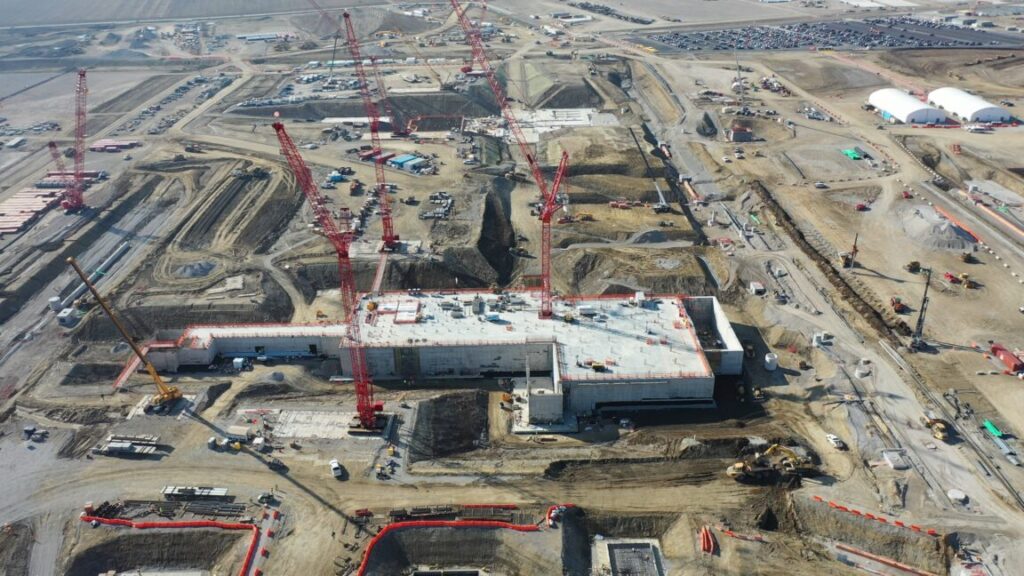
On Tuesday, the Biden-Harris administration finalized a CHIPS award of up to $7.865 billion to help fund the expansion of Intel’s commercial fabs in the US. By the end of the decade, these fabs are intended to decrease reliance on foreign adversaries and fill substantial gaps in America’s domestic semiconductor supply chain.
Initially, Intel was awarded $8.5 billion, but it was decreased after Intel won a $3 billion subsidy from the Pentagon to expand Department of Defense semiconductor manufacturing. In a press release, Secretary of Commerce Gina Raimondo boasted that the substantial award would set up “Intel to drive one of the most significant semiconductor manufacturing expansions in US history” and “supercharge American innovation” while making the US “more secure.”
For Intel, the CHIPS funding supports an expected investment of nearly $90 billion by 2030 to expand projects in Arizona, New Mexico, Ohio, and Oregon. Approximately 10,000 manufacturing jobs and 20,000 construction jobs will be created “across all four states,” the Commerce Department’s press release said. Additionally, Intel estimated that the funding will create “more than 50,000 indirect jobs with suppliers and supporting industries.”
According to the National Institute of Standards and Technology (NIST), which oversees CHIPS funding for manufacturing and research and development initiatives, the “funding will spur investment in leading-edge logic chip manufacturing, packaging, and R&D facilities.”
The sprawling effort includes the construction of two new fabs in Chandler, Arizona, the modernization of two fabs in Rio Rancho, New Mexico, building a new leading-edge logic fab in New Albany, Ohio, and creating a “premier hub of leading-edge research and development” in Hillsboro, Oregon. By the end, Intel expects to operate America’s largest advanced packaging facility in New Mexico and “one of only three locations in the world where leading-edge process technology is developed” in Oregon, NIST said.